Reports Table of Contents
- Home Together
- Centering Racial Equity in Homeless System Design Report- 2021
- Alameda County Homeless Mortality
- California Statewide Study of People Experiencing Homelessness (CASPEH)
- Youth Action: A Way Home - 2022
- Big Moves for Housing and Economic Security - 2022
- Regional Impact Council’s Regional Action Plan (RAP) Report - 2021
- Evaluating Project Roomkey in Alameda County: Lessons from a Pandemic Response to Homelessness - 2021
- Plans and Reports Archive >>
Home Together
Home Together Year 1 Progress Update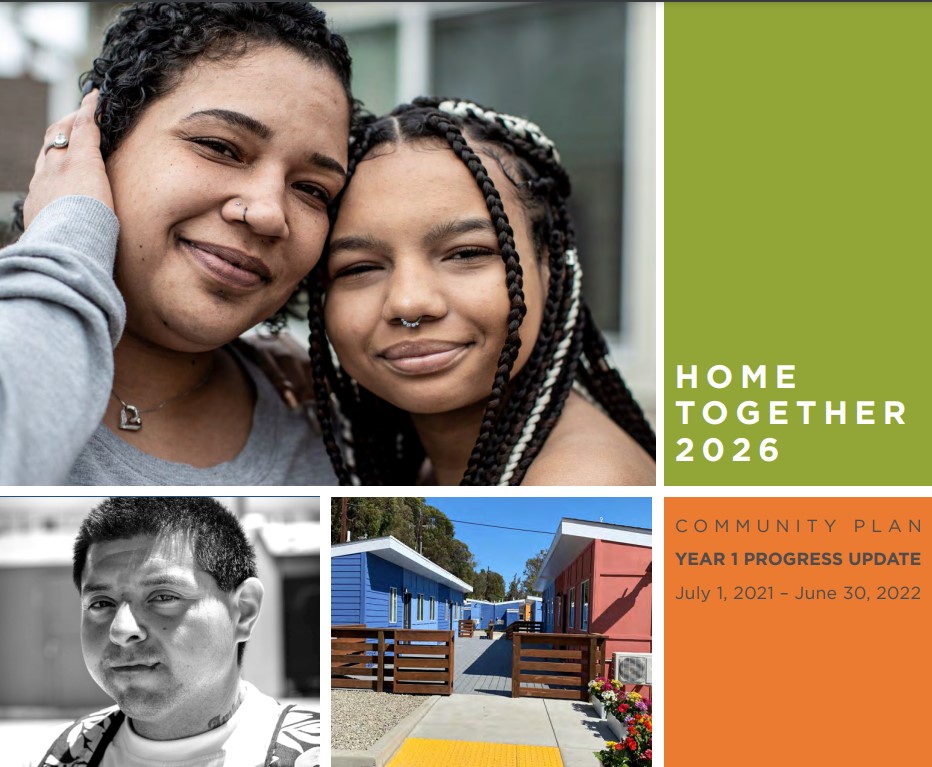
- Home Together Year 1 Progress Update Report
- Appendix A: Background and Data Sources
- Appendix B: FY21-22 Funding and Investments
- Appendix C: System Inventory
- Appendix D: Strategies and Activities
- Appendix E: Key Service and Outcome Measures
- Home Together Glossary
- More information about Annual Home Together Progress Updates
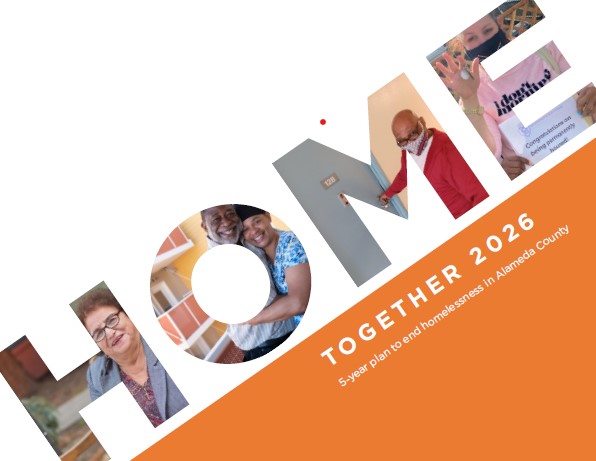
Home Together 2026 Community Plan
The Home Together 2026 Community Plan is a 5-year strategic initiative which centers racial equity and identifies the strategies, activities and resources needed to dramatically reduce homelessness in Alameda County. The Plan identifies what is needed to operate a homeless response system that has the capacity to address the needs of people experiencing homelessness and to reduce racial disparities.
The Plan details specific strategies and action steps that were informed by an extensive community input process which included participation from system leaders, homeless program participants, service providers and partners in the homelessness response system, and people with lived experience to learn what works and what doesn’t work in our current homeless response system.
The Plan identifies the strategies and activities to operationalize the recommendations and address the findings detailed in the Centering Racial Equity in Homeless System Design report, an in-depth analysis of Alameda County’s homeless response system that was conducted in 2019-2020 by partners in Alameda County’s Continuum of Care.
Full Report | Executive Summary | Home Together Glossary
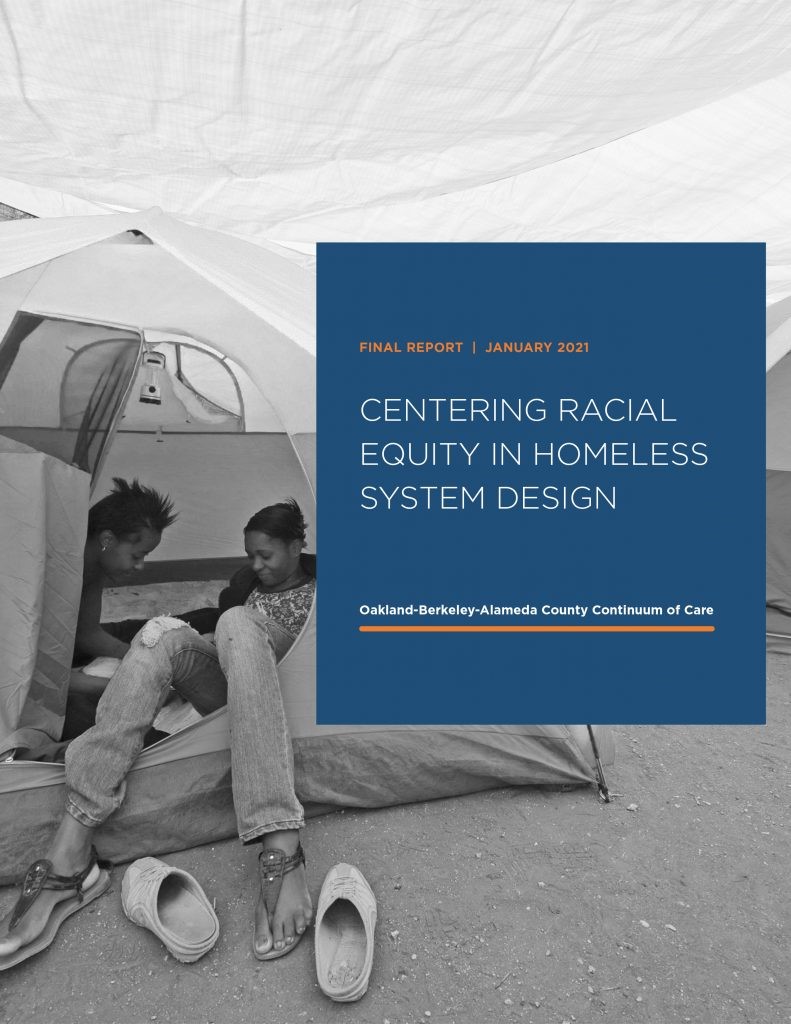
Centering Racial Equity in Homeless System Design Report
Centering Racial Equity in Homeless System Design is a report on the racial equity and system modeling project that was completed in summer 2020. The report provides an overview of the recommendations needed to create and sustain an equitable and effective homeless system of care in Alameda County based upon quantitative and qualitative analyses.
This project was built upon research that identifies structural racism as a primary driver of homelessness, resulting in a homeless population that is disproportionately Black and Native American. Recommendations focus on the approach and resources needed to infuse racial equity into Alameda County’s homeless system. View Executive Summary.
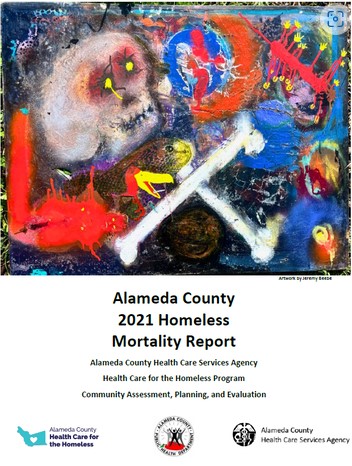
Alameda County Homeless Mortality
The Alameda County Health Care for the Homeless (ACHCH) and Community Assessment, Planning, and Evaluation (CAPE) programs collaborate to collect, report, analyze, and act upon findings on deaths among Alameda County residents experiencing homelessness.The Alameda County Homeless Mortality report seeks to accurately enumerate deaths among people experiencing homelessness to inform policies and practices to reduce preventable deaths, and to reduce the harm that preventable deaths create for families, friends, caregivers, and the community. Homeless Mortality reporting will help our health and housing partners develop interventions to reduce deaths among those experiencing homelessness. For more information visit Alameda County Health Care for the Homeless.
We believe no one should die alone or unknown in homelessness.
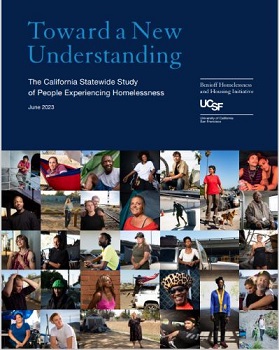
California Statewide Study of People Experiencing Homelessness (CASPEH)
The California Statewide Study of People Experiencing Homelessness (CASPEH) conducted by the University of California, San Francisco (UCSF) Benioff Homelessness and Housing Initiative is the largest representative study of homelessness since the mid-1990s.
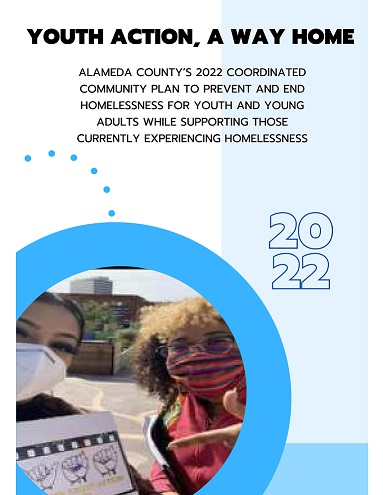
Youth Action: A Way Home
Youth Action: A Way Home coordinated community plan to prevent and end youth homelessness
Youth Action: A Way Home is Alameda County’s Coordinated Community Plan to prevent and end youth homelessness. A youth led and centered process essential to the Youth Homelessness Demonstration Program grant awarded to Alameda County in 2021. The plan identifies goals, objectives and activities needed to prevent and end youth homelessness. This includes specific projects that will be funded with YHDP funds, a joint component housing project and a peer navigation project.
The plan details were informed by a series of community conversations focused on special populations; pregnant and parenting youth, migrant/undocumented youth, youth impacted by the foster/child welfare system, youth impacted by the juvenile justice system and minors (under 18).
This work is a collaboration between OHCC/HCSA, CDA, SSA, the Youth Action Board and ALL IN-Alameda County.
Full Report | Executive Summary

Big Moves for Housing and Economic Security
All Home’s “The Big Moves” are designed to increase housing and economic security for people with extremely low incomes in the Bay Area. They were developed with an eye to what is needed to meaningfully address homelessness and poverty, what opportunities are emerging, and what promising solutions are already in motion. These proposals are complementary to efforts to rapidly reduce unsheltered homelessness, because we will never end homelessness without addressing its root causes. November 2022.
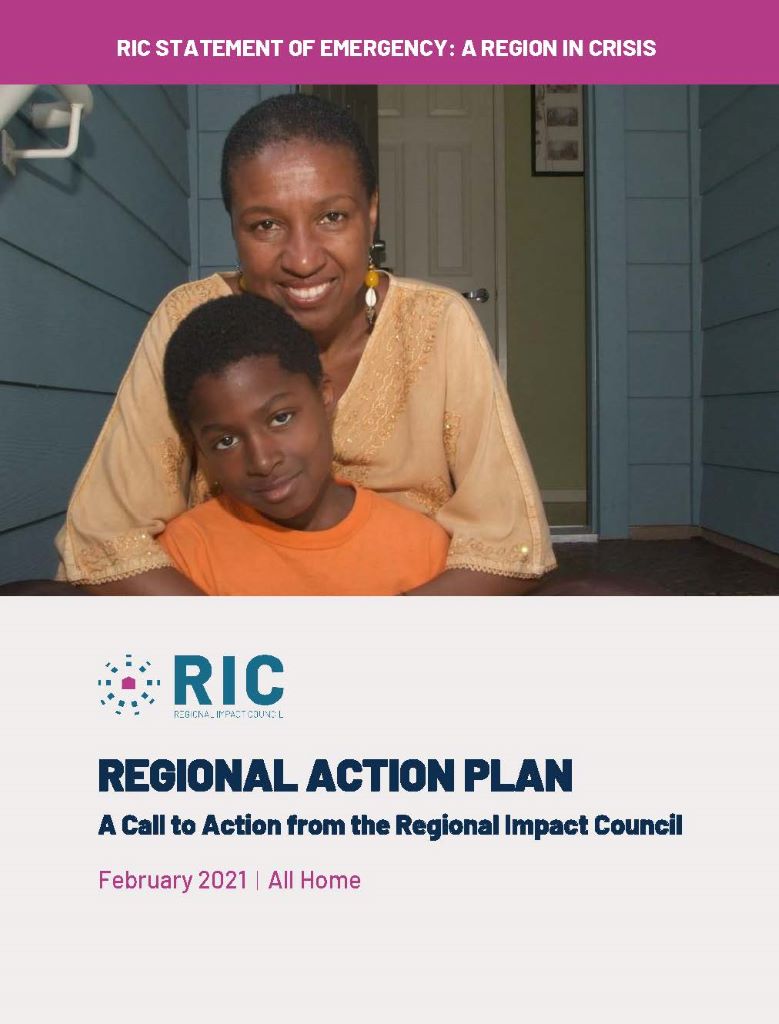
Regional Impact Council’s Regional Action Plan (RAP) Report
Regional Impact Council’s Regional Action Plan (RAP)
For the first time, leaders from across the Bay Area, convened by All Home, have come together to create a Regional Action Plan (RAP) that will reduce unsheltered homelessness by 75%. The framework outlined in the RAP requires rethinking how existing resources are allocated and provides a practical framework for future federal and state investments. Successful implementation of this approach will not only reduce the number of people experiencing homelessness, it will also reduce the number of people at imminent risk of becoming homeless. February 2021.
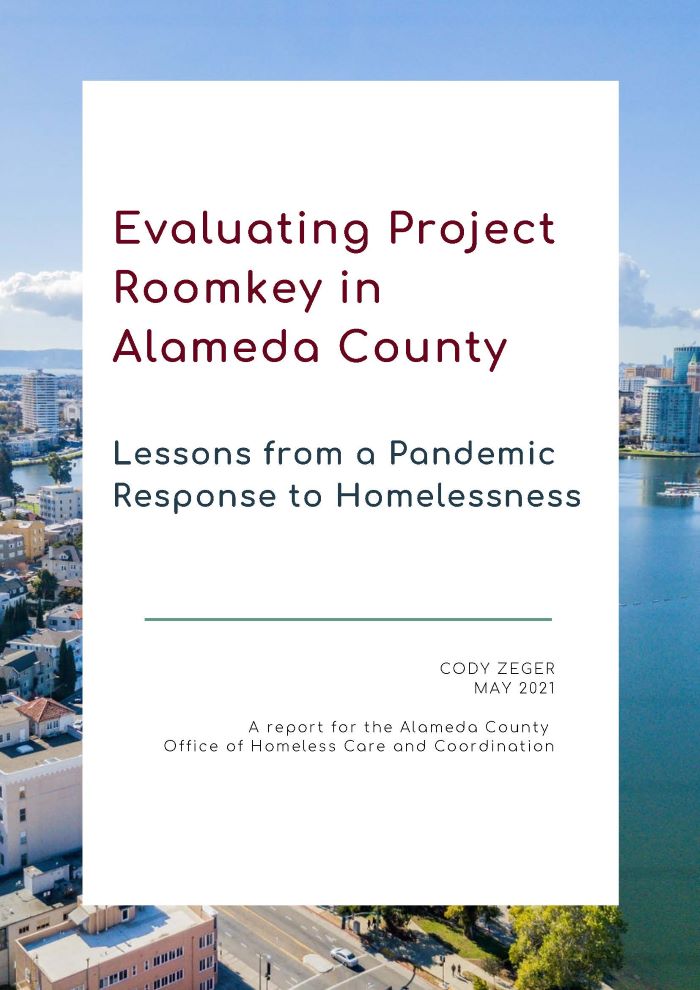
Evaluating Project Roomkey in Alameda County: Lessons from a Pandemic Response to Homelessness
This report represents one of the first studies of Project Roomkey outcomes through an in-depth analysis of Alameda County’s program design and implementation. Using both quantitative and qualitative research, it aims to break down the various components of Alameda County’s Project Roomkey model in order to identify which components were key to improving health and housing outcomes for people experiencing homelessness. May 2021.
